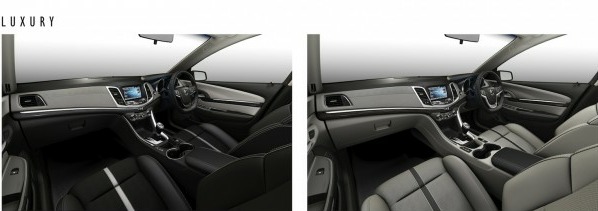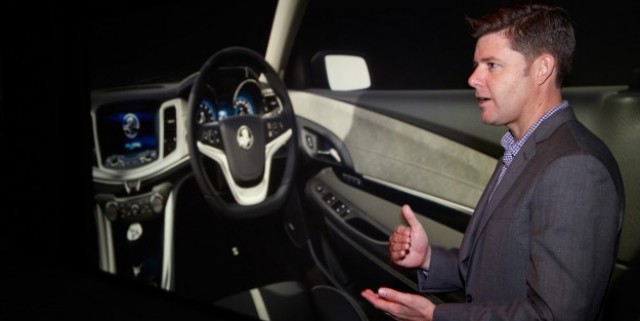
Sweeping and flowing, the Holden VF Commodore cabin embraces a globalised focus, showing clear design cues from Chevrolet products and obvious parts-sharing with other General Motors models.
“From a [GM] brand point of view we’ve tried very hard globally to simplify the [interior design] strategy,” says Holden design director Andrew Smith (above). “So you’ll find in most markets around the world you have Chevrolet, you have Buick, and you have Cadillac [interiors]. Then there’s variations around in other markets.”
Smith leaves no uncertainty in which camp the VF Commodore belongs, saying that “certainly you know that this is going to be a flagship Chevrolet. So if you take out halo vehicles like the Corvette, this is going to be the top of the Chevrolet family.
“What you’ll see with the Cruze we have now, and certainly more next-gen vehicles as well, what you’ll see in the Malibu interior, and even if you look in North America maybe even at the Impala … some of the feel lies with this.
“So this will fit nicely amongst the Chevy portfolio.”
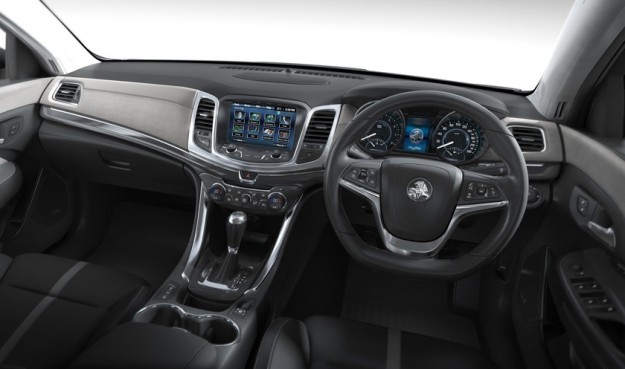
The design boss did, however, stress that Holden wasn’t forced to do work with Chevrolet because the car will be exported to the US with the bow-tie badge.
“We wanted to do something that worked with Chevy, not because Chevy is forcing us to, but because lots of Holdens are sourced from Chevy.
“So we wanted to work together, but it certainly didn’t limit us. Frankly we’ve done things here that in North America some people would have been a little uncomfortable [with] … that it’s stepping on Buick’s toes.
“We’ve got a lot of really rich materials, the chrome – we’ve got a bright chrome and also a galvano, which is a satin or milky finish chrome. That really pushes the car to be very, very premium.
“Having said that, the responses from the North American team has been pretty spectacular.
“The reason in my mind it doesn’t step onto Buick territory is because of the colour usage. This is much bolder than you would typically see … Buick’s are typically warmer and more tonal. [VF has] a very strong colour break-up that they typically wouldn’t do.”
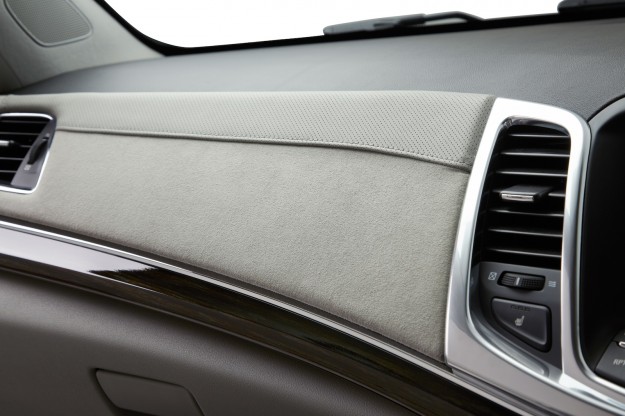
Technology, Smith confirms, is the reason that the virtual reality studio is now so well connected with everywhere else in the GM globe, allowing fast streaming and connections that wasn’t possible during the creation of the VE.
“Everything influences everything else.
“But because of the way we work globally we see everything that every other studio is doing. This [virtual reality] studio is actually set up for global views. So we sit here most Wednesday night talking to Ed [Welburn – GM Vice President of Design] but we also view other products around the world.
“So we try very hard to make everything coordinate. It’s a challenge because we want to make sure that each studio stays creative, but at the same time you want a cohesive portfolio in the market.
“So we’re always bouncing off each other, but that doesn’t mean it’s set in stone, that doesn’t mean the Cruze has to be like this [VF]. But we do want to have products that sit together.”

The VF Commodore interior has also been designed with just one core interior design for all spec levels – compared with three variations of Commodore cabin with its predecessor.
“When we did VE we tried very hard to develop multiple models that had very distinct interior themes,” explained Smith.
“The guys decided this time around to simplify it, to do one interior theme and differentiate it with materials.
“So what we’ve really done is focused on giving the customer a really premium interior, but not get so hung up on whether an SS and a Calais look completely different … they have different themes.
“By wrapping the interior in different textures and colours, you can get a lot of differentation rather than doing that with different shapes.”
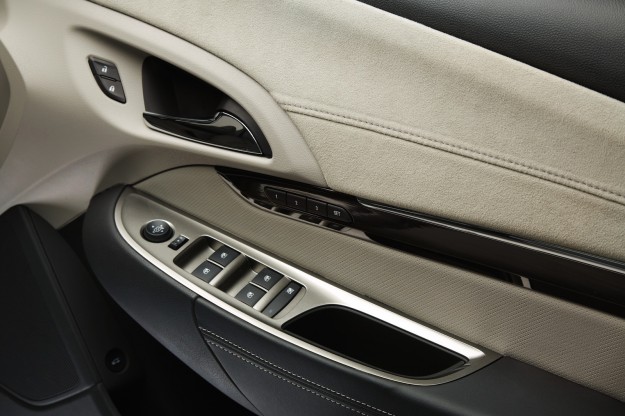
Parts sharing with other GM models is something the VF Commodore adopts heavily, particularly compared with the VE.
The interior door handles (above) are borrowed from an Opel Insignia, the indicator stalks, door locks, head-up display buttons, rotary-dial headlight switch, and power window switches from the Holden/Chevrolet Volt.
That’s also something Smith believes has changed, philosophically, since the creation of the VE, and will continue to change when the next Commodore utilises a global architecture.
“We have three levels of sharing,” he says. “Parts that are literally shared, parts where the guts are shared, and parts where the solution is shared.
“Again, the good thing has been that rather than get forced to use stuff, we can go through and find things that have been validated time and time again on other products.
“Quite often, a lot of the corporate parts we’re using on here are first time use… It really is leveraging the global engineering network and supplier network, but still making sure the customer gets a unique vehicle”.
